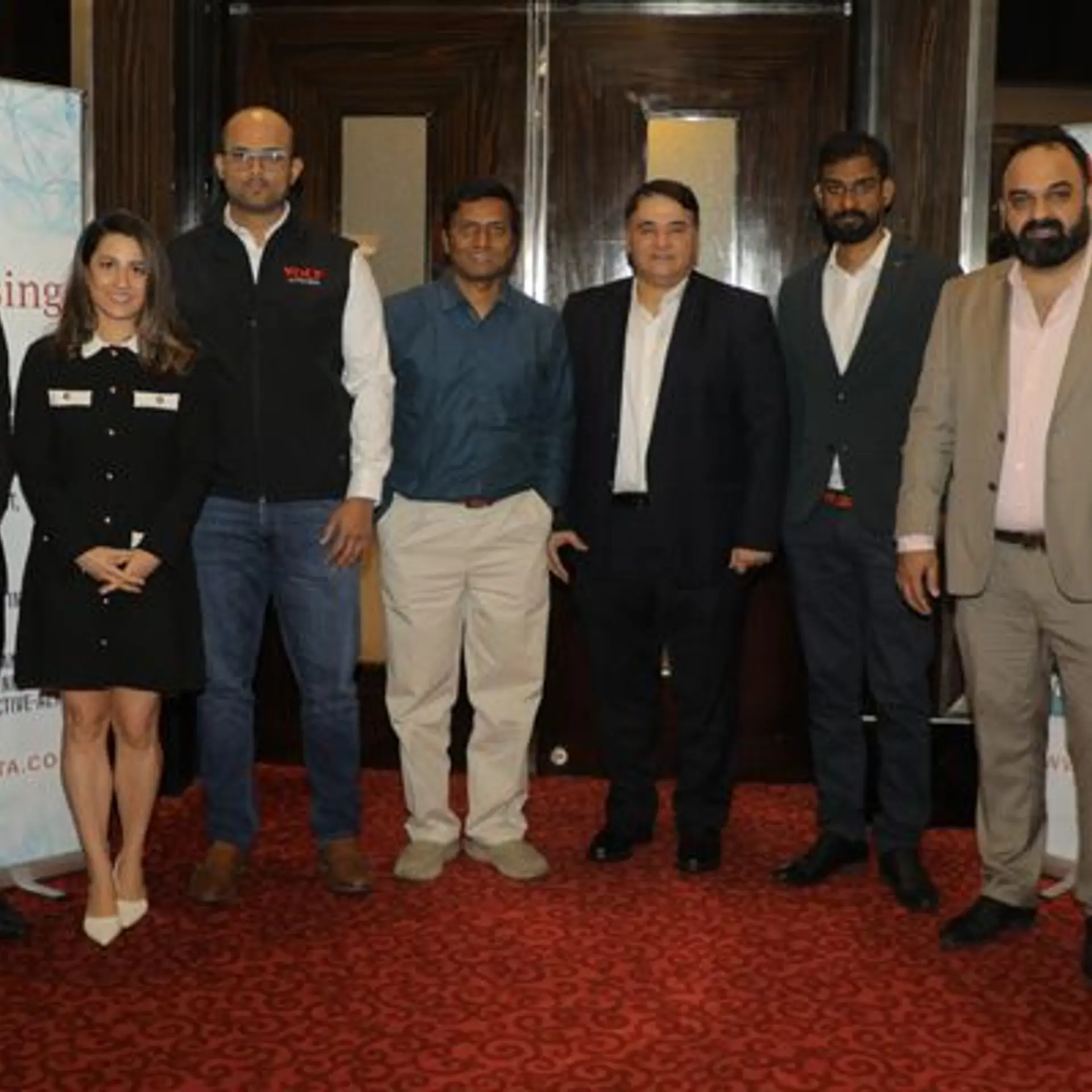How WHO is Leveraging technology to keep India polio free: Dr. B P Subramanya
Dr. Subramanya provides technical assistance to the Karnataka state government for organizing pulse polio immunization activities in the state. India has now been certified as a Polio free country by WHO in 2014.
In Karnataka, 75 lakh children are immunized and this figure for the nation stands at 170 million. In order to ensure that the country remains Polio free, WHO runs a rigorous AFP (Acute Flaccid Paralysis) surveillance program where every case of paralysis in children is reported, documented and investigated in order to ensure that it is not due to Polio. The last reported Polio case in Karnataka was in 2007.
Dr Subramanya states that in a complex country like India the need of the hour is being able to track the beneficiaries of various healthcare services offered by the government. We need to track children through immunization cycles to ensure the country’s immunization program works well. Similarly, we need to track TB patients to ensure that the DOTS initiative is being successfully implemented. He sees a great potential for mobile application developers and others to work in this space. According to him, the key is to work in close collaboration with the government, non-governmental organizations and activists in order to understand the health-care sector’s needs.
Another emerging area for engagement deals with non-communicable disease awareness and tracking. According to him, developers and innovators should work at developing products that have large reach and value and work closely with the government so that the success of the Polio program can be replicated in other health-related areas.







